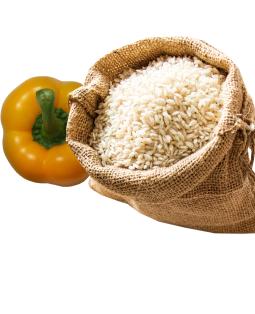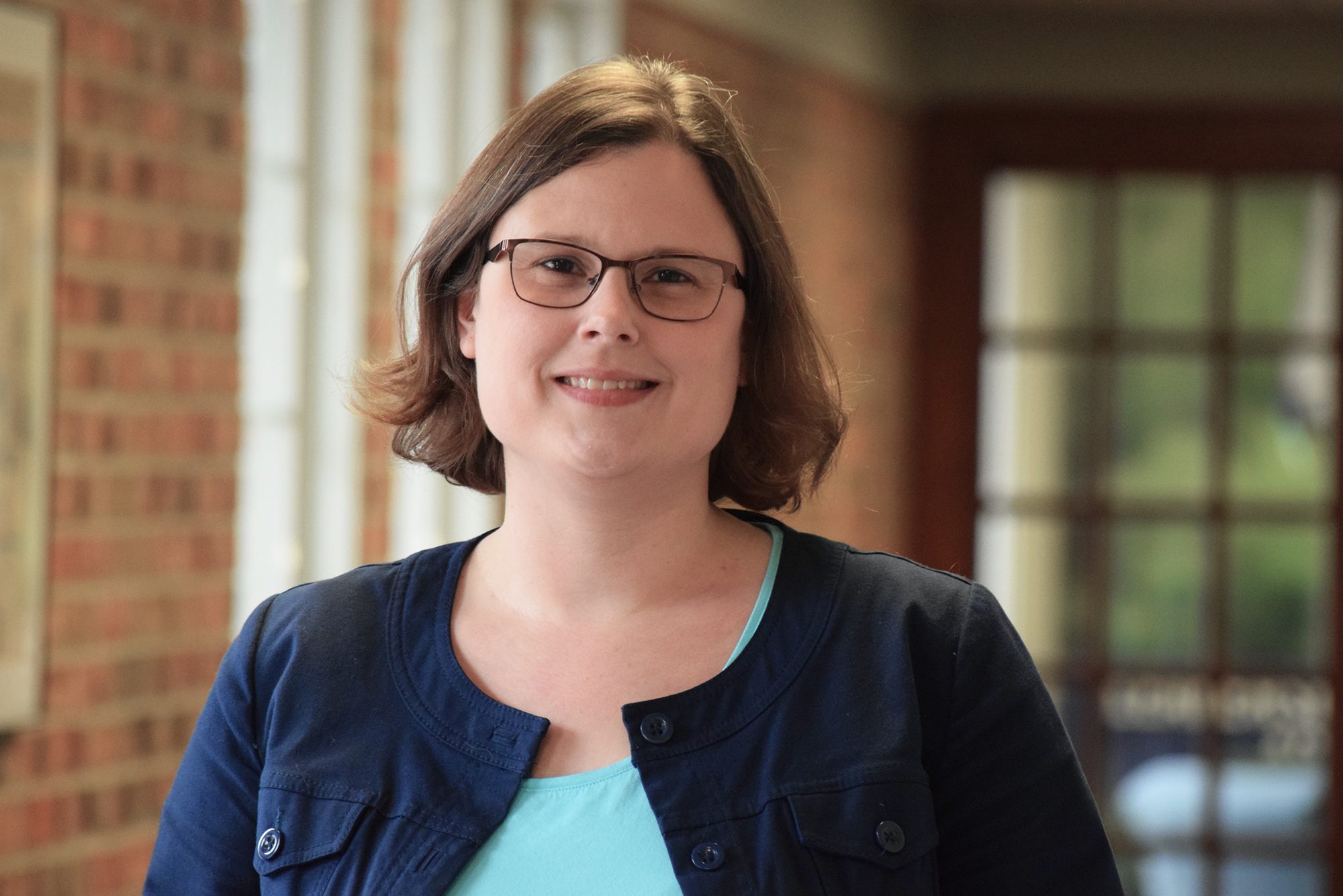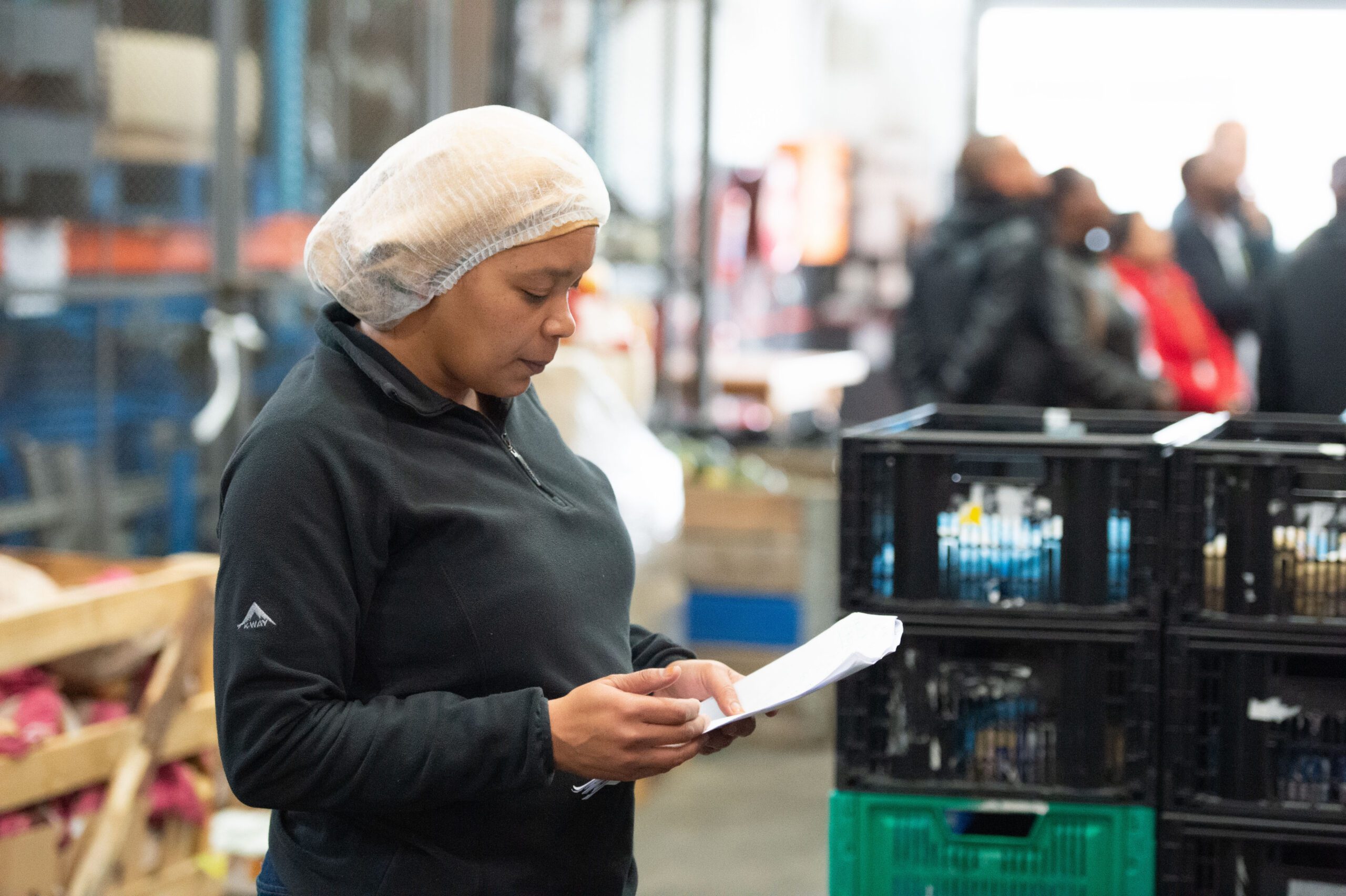Connection is one of the cornerstones of building a successful food bank, according to Chris Rebstock, who knows quite a bit about the subject. Rebstock is one of the co-founders of The Global FoodBanking Network (GFN) and spent four decades helping food banks alleviate hunger.
When starting out, Rebstock says, a food bank should assess the community need, find out what’s already being provided by government and other NGOs and then figure out how to make their services complementary.
After that, connections quickly become key — both in terms of partnerships with the private sector, civil society organizations and governments and also opportunities for learning from other food banks doing similar work.
“We urgently need all sectors to work together to shift the food system so that it works for everyone,” said Lisa Moon, GFN president and CEO.
That’s why GFN helps food banks make both kinds of connections, accelerating their impact on the communities they serve.
“[Successful food banks] are good at gathering the right people around the table to be partners, not just supporters,” said Rebstock. Partnerships with other NGOs and civil society, the private sector and all different levels of government lead to not only more food and funds — and ultimately greater impact — but these partnerships also lead to systematic change.
“A successful food bank recognizes how to tie all of that together and bring everybody to the table to not only take the most advantage they can of available resources to acquire food and distribute it, but they’re also in a position to affect policy change to meet needs they see in the community.”
GFN makes direct connections between potential corporate partners and food bank members to help ensure food banks have the resources they need to operate optimally, expand responsibly and respond to unexpected shocks that come their way.
“The biggest benefit that we receive from GFN is the connection, I think,” said Tawee (Kong) Impoolsup, country manager at Scholars of Sustenance Thailand. “So when we say that what we are doing right now, we’re not the only one who is doing this — we have other countries doing food banking. It’s a worldwide concept. And then we have living proof, [through] GFN, that confirms that this concept is global. So it makes it easier when we talk to our partners, like donors, and say, this program works.”
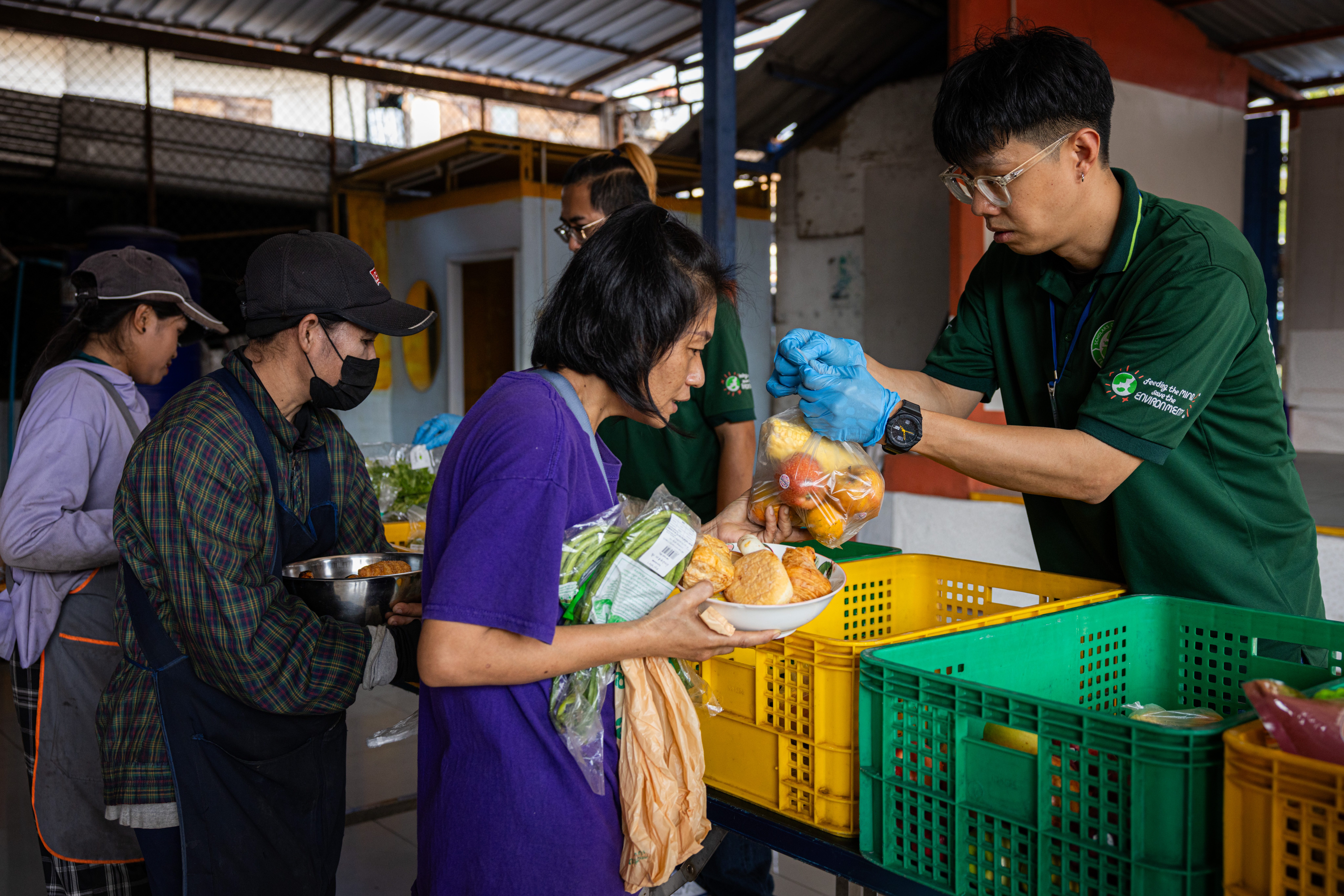
In turn, businesses gain a reliable partner that can help them minimize waste and maximize efficiency while supporting the communities where they work. For example, Kellanova’s chief philanthropy officer, Stephanie Slingerland, says her organization partners with GFN and member food banks to expand to deliver cost-effective, climate-friendly and nutritious meals to children.
“Increasing access to food not only helps individuals thrive but also strengthens healthy, resilient communities, while reducing food loss and waste cuts emissions and conserves natural resources,” Slingerland said. “Organizations like GFN make these efforts possible, and that’s why we’re proud to have been a partner on their journey from day one.”
GFN also helps food banks forge strong connections indirectly, too, through its Certification Program.
To become GFN Certified, a food bank must undergo a comprehensive evaluation process based on global best practices and adapted for the local context in each country. Food banks that are certified often find it easier to secure funding, food donations and government collaboration.
“[GFN’s Certification Program] was a strong support,” said Nil Tibukoğlu, the general manager of the TIDER food bank network in Türkiye. “We were telling our donors, we are a part of GFN. They’re all over the world, they know how to do food banking, so you can trust us. It created trust in TIDER.”
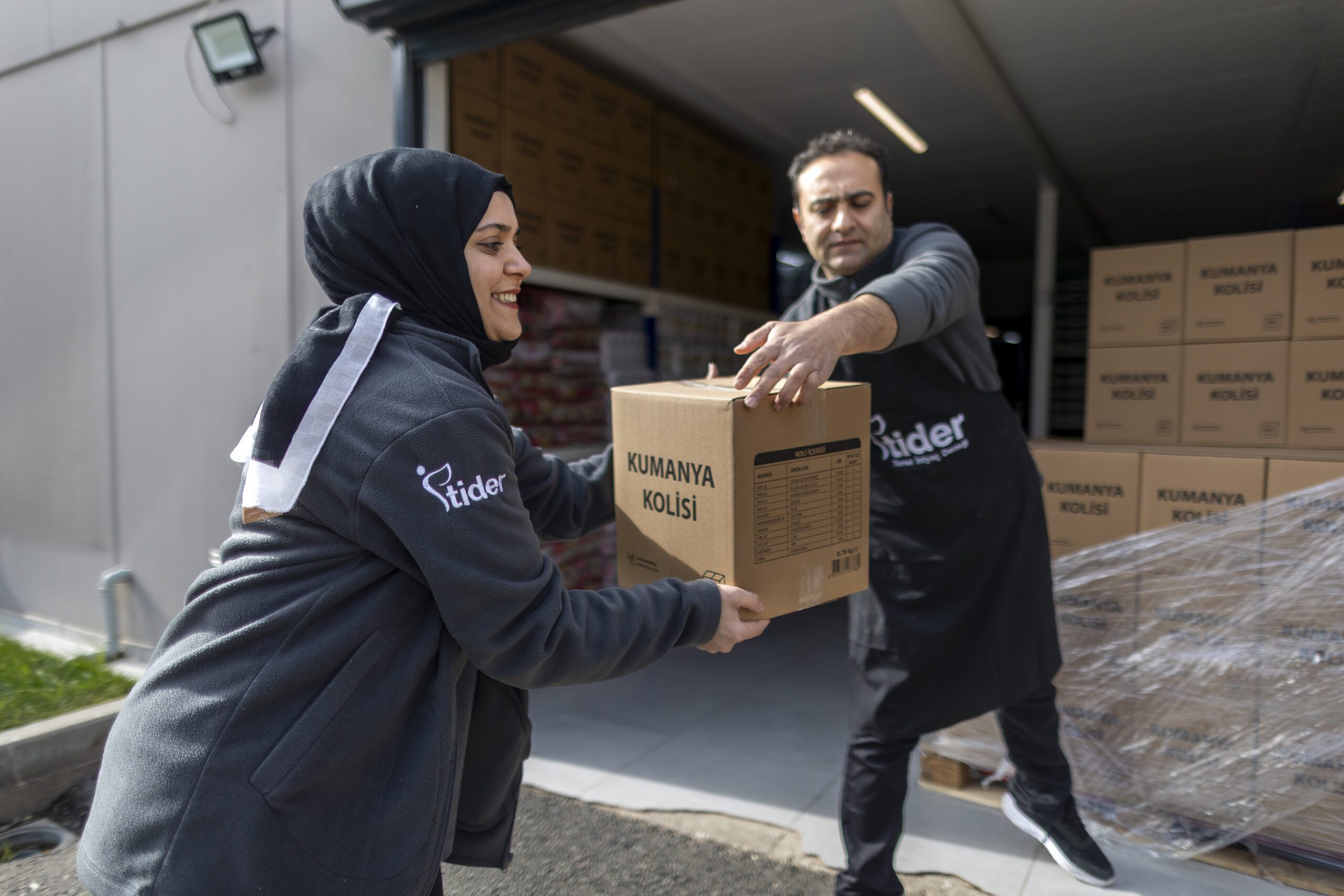
Additionally, GFN helps food banks build partnerships that affect policy change to address barriers to food donation and food waste reduction around the world through Bản đồ chính sách quyên góp thực phẩm toàn cầu. The Atlas is a partnership between GFN and the Harvard Law School Food Law and Policy Clinic that researches and assesses these policy issues, then provides recommendations and technical support to food banks to advance policy and foster dialogue amongst policymakers, NGOs and others.
Rebstock co-founded GFN with Bill Rudnick and Bob Forney, and the latter believed sharing experiences — successes and failures — is the foundation of a dynamic food bank network. Rebstock always agreed with that sentiment, saying it’s core to GFN’s work.
“We can sit with our experience with food banking and offer all kinds of advice, but it’s kind of an academic exercise doing that,” Rebstock said. “But if we can take you, who is struggling with this particular aspect of your food bank, and connect you to [someone else], who had that same problem and overcame it, they can talk to you firsthand and give you advice based on personal experience, [which is even] stronger.”
That belief in the power of peer-to-peer connection led GFN to create the first Food Bank Leadership Institute (now called the Hội nghị thượng đỉnh toàn cầu GFN) in 2007.
“That’s why we did it within our first year of operation, because we believed that, as much as we had intellectual counsel to offer, getting food bankers to talk to each other could exponentially increase the information sharing,” Rebstock said. “And now, every year, one of the biggest pieces of feedback we get from the network is that the most important part was the chance to talk one-on-one to peers. That’s the most consistent piece of feedback we get every year.”
In fact, during the 2024 GFN Global Summit in Australia, more than 40 food bankers toured the Sydney Produce Market as an educational opportunity. Staff from Scholars of Sustenance Thailand were in attendance, and they credit that trip as the inspiration for their food recovery partnership with the Simummuang Market located 40 minutes north of Bangkok.
Expanding on the success of convening food bankers annually, GFN started hosting regional conferences in Africa, Asia and Latin America. And GFN also sponsors Fellowship Exchanges to give food bank leaders the opportunity to see firsthand how other food banks operate.
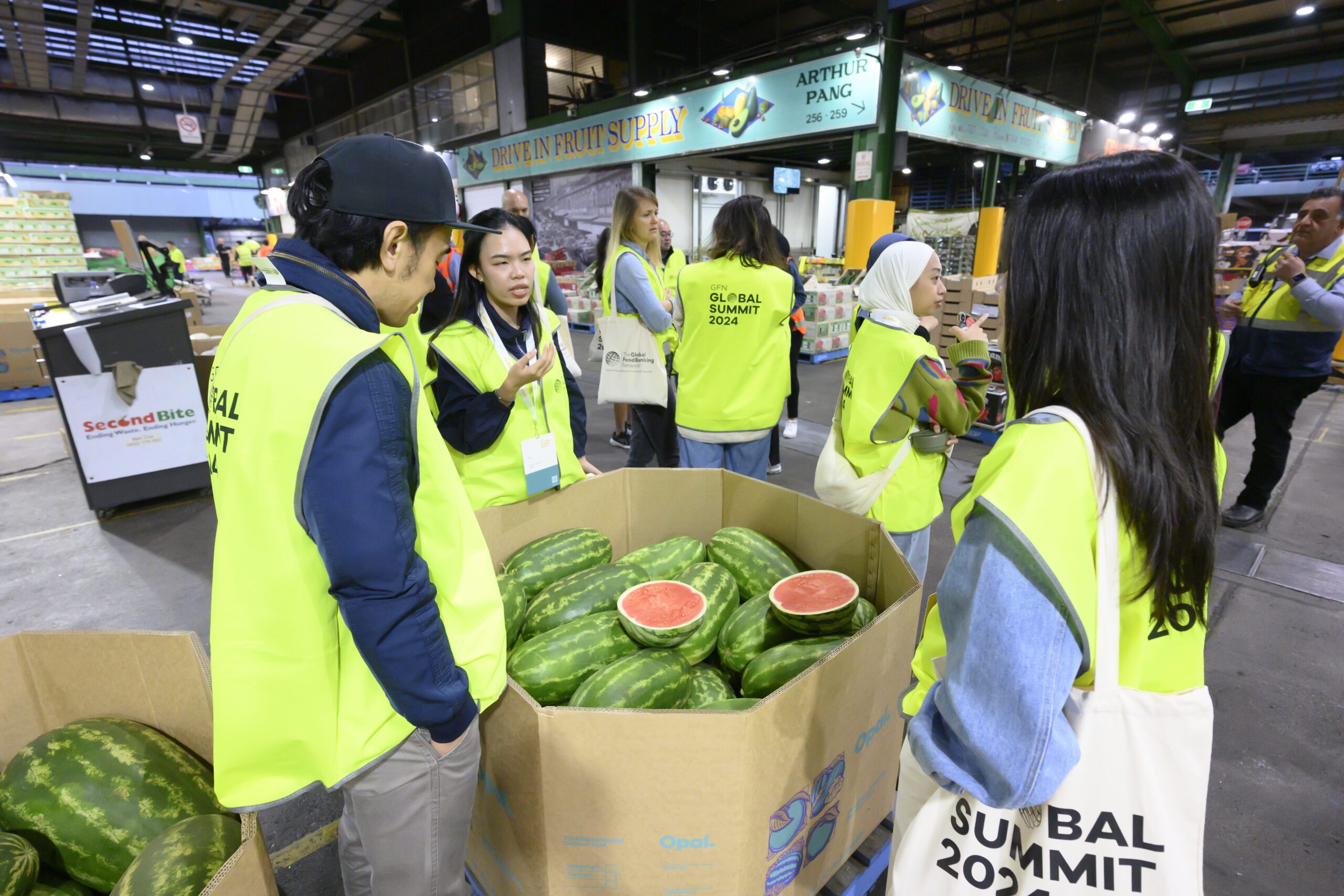
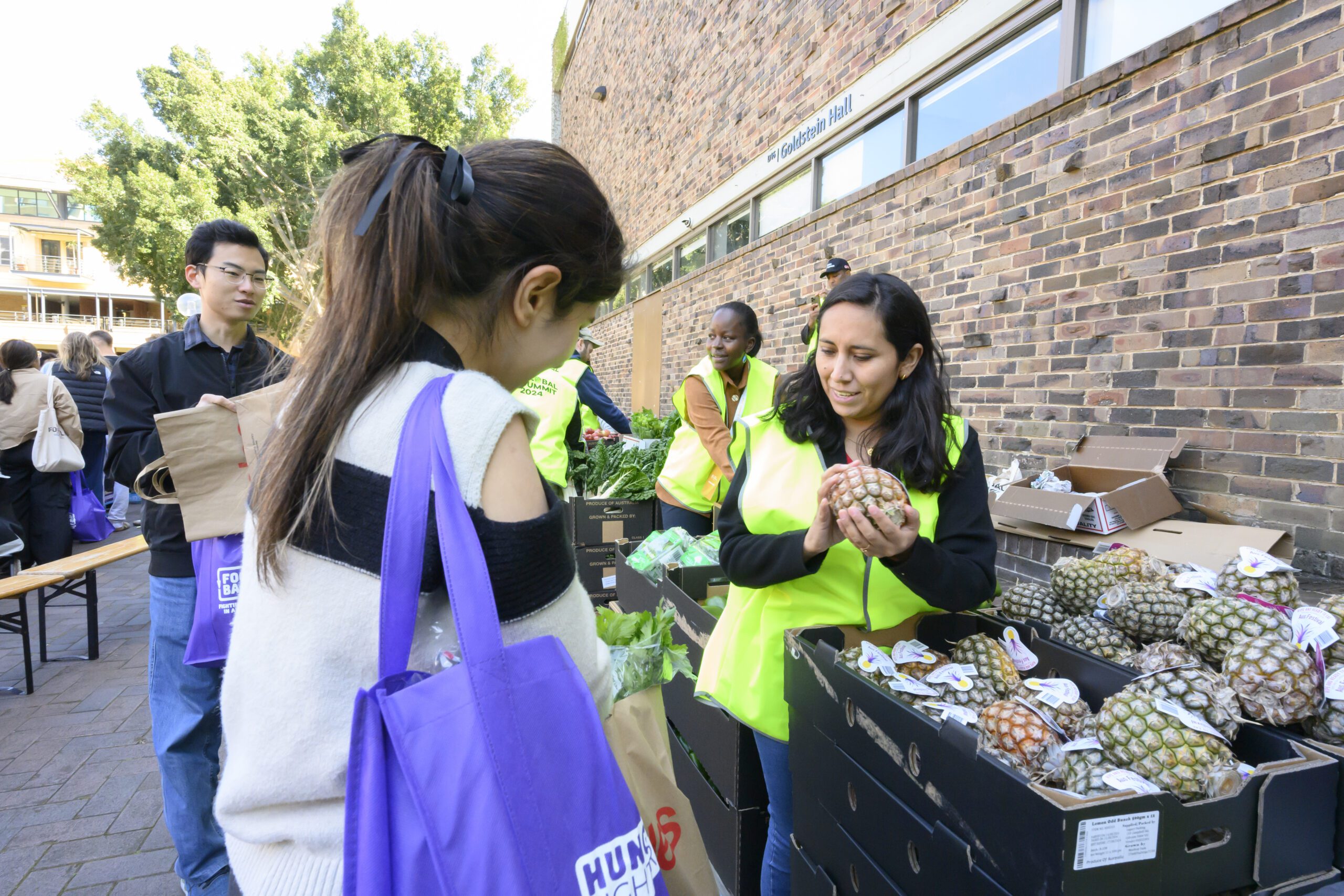

“[GFN] is actually sending food bankers to live at another food bank for a week or two,” Rebstock said. “They’re getting the opportunity to engage with people who are successful doing the things that they’re trying to become successful at doing. Hands down, this is the best investment we can make, from a financial perspective, when accelerating the growth of a food bank.”
One food bank that grew through the support of peer connection early in its history is FoodForward South Africa. Their managing director, Andy Du Plessis, says there might not be a FoodForward SA without GFN.
“In many ways, we owe a lot of our success to GFN: through technical support or just being able to bounce things off them,” Du Plessis said. “And if they don’t have the answers, there will be a food bank in the network that does, and they can connect us to them. It’s a key relationship for us, and we are proud to be a member of the GFN Network.”
Now, after 15 years, FoodForward is heavily invested in a mentorship role to newer food banks.
“It’s important that other food banks achieve success, so people can become healthy and find jobs. And for food banks to grow, they need support,” Du Plessis said. “They need technical support, they need mentorship. They need advice on a number of fronts: operations, fundraising, HR, finances. Because we have that capacity in-house, it’s important that we share that with others so they can develop.”
Với sự khởi đầu của GFN Máy gia tốc program in 2019, FoodForward hosted several up-and-coming food banks so they could see their operations in South Africa, and that visit proved influential for those food banks. For instance, the staff at Food Banking Kenya credit FoodForward, among other food banking peers, for giving them the idea to shift focus toward the agricultural sector, which Rebstock notes led to their growth going “through the roof” in just about a year’s time.
And those relationships between food banks carry on over time.
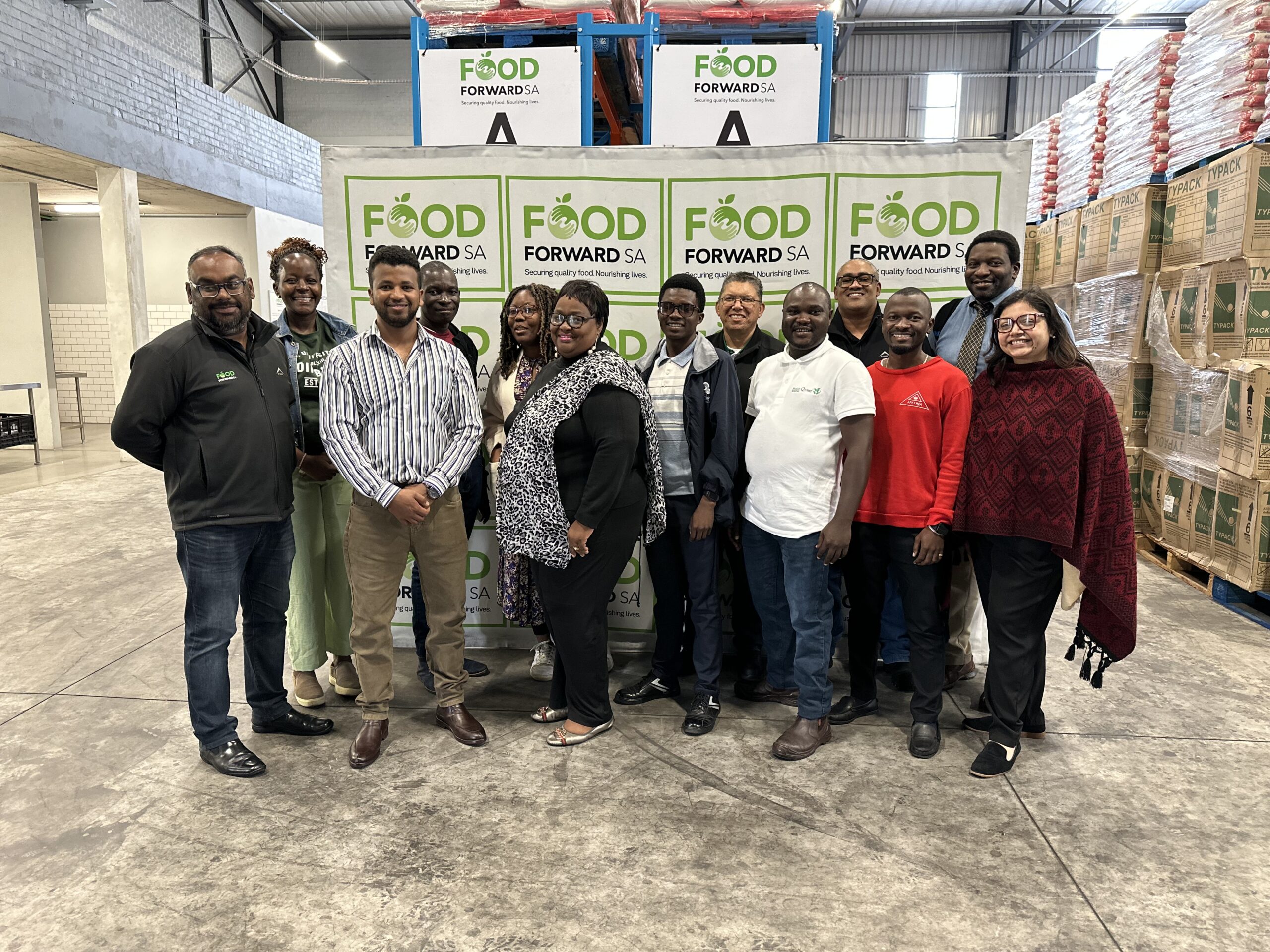
“After [hosting], we said to the food banks, feel free to contact us individually,” Du Plessis said. “We want to help.
“To see how they’ve grown has been amazing. And we are proud that in some small way, we were able to be a part of that success. It’s just beautiful to see them grow and develop.”
Food banks in the GFN network continue to build on both their connections and their successes —all together, member food banks provided the equivalent of 2.1 billion meals to 38 million people around the world in 2024.
Together, we can recover more food, strengthen local food banks and nourish millions facing hunger. Be a part of the solution, and partner with GFN now.
